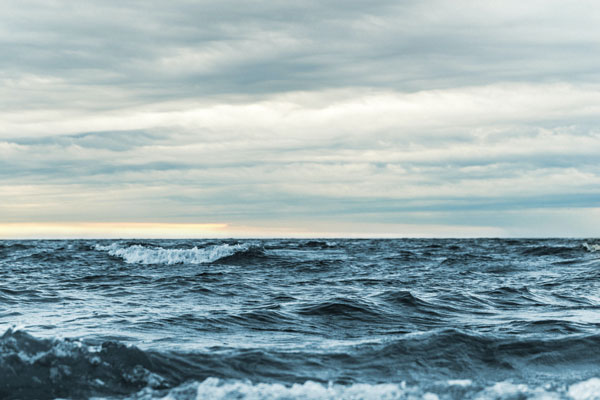The high seas encompass two-thirds of the world’s oceans, but only 1% currently has protected status. More than seventy countries and the European Union have now signed the high seas treaty, signalling interest in ratifying the agreement designed to protect marine biodiversity in international waters. The treaty, officially known as the treaty on “Biodiversity Beyond National Jurisdiction,” or BBNJ, also introduces requirements to carry out environmental impact studies for proposed activities on the high seas.
After signing the treaty, each nation must ratify it. Then, once 60 nations have ratified the treaty, it will come into force after 120 days.
For nearly two decades, U.N. member states belaboured the text for the high seas treaty, also known as the BBNJ (biodiversity beyond national jurisdiction) agreement, but failed to agree upon it. Then, in March 2023, nations finally reached a consensus on various issues about governance of the high seas, including how to share its resources; how to conduct environmental impact assessments; how to establish networks of marine protected areas (MPAs); how to offer support to nations in the Global South to achieve treaty objectives; and also how to resolve disputes and fund work related to the treaty’s goals.
In June 2023, nations formally adopted the treaty after the text was translated into the U.N.’s six official languages. But until this week, the treaty remained unsigned.
Photo by Ant Rozetsky
Ratification
After signing the treaty, each nation must ratify it, a process that involves approving it according to their own internal procedures and then notifying the other parties that they agree to be bound by the treaty. Once 60 nations have ratified it, the treaty will finally come into force after 120 days.
“It’s huge to see that so many countries actually did sign on the first opportunity to do that because it creates momentum for it entering into force,” Jessica Battle, senior global ocean governance and policy expert of WWF, told Mongabay. “But now we need to make sure that countries are actually ratifying the agreement into their national legislation then — and quickly.”
The ratification process will differ for each country, and therefore take different amounts of time. Also, countries aren’t required to ratify within a specific time frame, making it difficult to anticipate when the treaty will be implemented. However, Battle said she believes many states intend to “go through the ratification process quickly.”
Experts say the ratification of the high seas treaty is necessary to fulfil the commitment of the Kunming-Montreal Global Biodiversity Framework to protect 30% of the world’s oceans by 2030, agreed in December 2022. Less than 10% of the world’s oceans are currently protected, mainly within nations’ exclusive economic zones, or EEZs, according to the Marine Conservation Institute’s MPA tracker.
